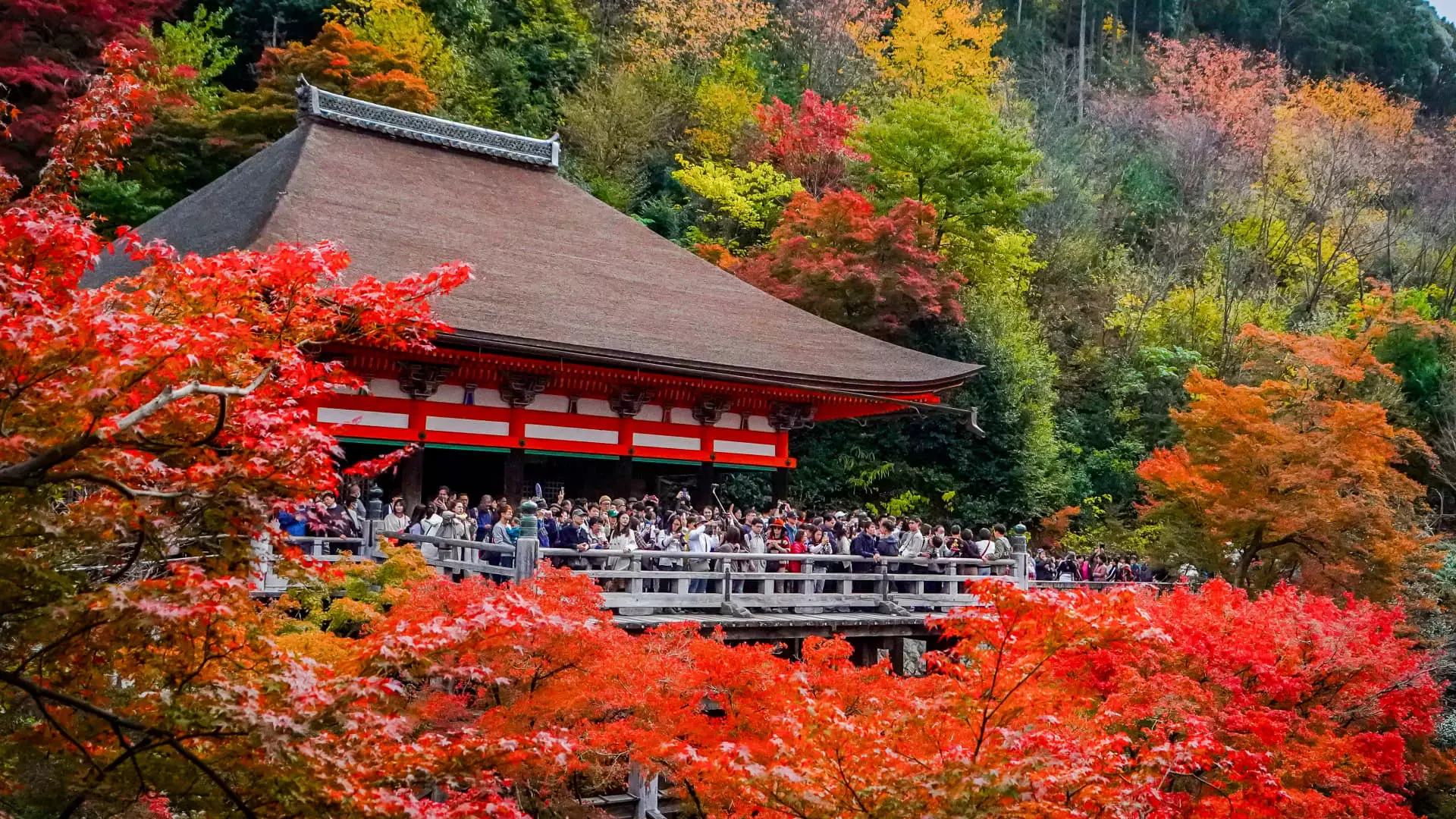Japan has been witnessing a remarkable resurgence in tourism, with a notable upswing in foreign arrivals signaling a divergence from the pre-pandemic landscape. As temperatures drop with the approach of autumn, the nation is captivating a growing number of travelers eager to explore its rich cultural heritage and breathtaking natural beauty. Recent statistics highlight a substantial increase in visitor numbers, paving the way for a rejuvenated tourism sector poised to thrive in the coming years.
The figures from the Japan National Tourism Organization (JNTO) are striking, showing that August accounted for 2.93 million international visitors, with September closely following at 2.87 million. These numbers represent a sharp increase from the corresponding months in 2019, when arrivals were drastically lower at 2.52 million and 2.27 million, respectively. This upward trajectory indicates not only a recovery but a vigorous growth phase for the Japanese tourism industry.
Traditionally, Japan experiences a dip in tourist numbers during the late summer months, followed by a spike in October as travelers flock to witness the fall foliage and partake in the vibrant Halloween festivities in Tokyo. However, what sets this year apart is the muted impact of this seasonal lull, largely fueled by an influx of Chinese tourists. Following a prolonged absence due to the pandemic, the renewed interest from this once-dominant source market is vital, as China previously accounted for nearly 30% of Japan’s international arrivals.
Chinese tourism to Japan is on a rapid ascent, with official statistics revealing a dramatic doubling of arrivals in just one year. In September 2024, the number of Chinese visitors soared to approximately 652,300 from 325,645 in the same month the previous year. The data further indicates a cumulative 5.2 million visitors from China between January and September 2024, reflecting a staggering 228% increase compared to 2023. However, the target of 9.6 million arrivals by 2019 is still a far-off mark, suggesting immense growth potential.
A balanced recovery in tourism is essential as the Japanese government reportedly expects a total of about 35 million visitors by the conclusion of 2024, representing a 10% increase from pre-pandemic levels. Ambitiously, officials are aiming for near-doubling of this figure by the year 2030 to see 60 million foreign visitors annually. Achieving these targets will require not only the influx of Chinese tourists but also sustained interest from other demographics.
While East Asia remains the dominant source of visitors, with South Korea currently leading, other regions like North America and Asia-Pacific are showing promising growth. Reports indicate that travelers from the United States alone have surged by 153% in just the first half of 2024 compared to the same period in 2019. Visitors from Canada, Australia, Singapore, and New Zealand have also exceeded their pre-pandemic arrival figures significantly.
Interestingly, the diversity in visitor origins contributes to varied spending patterns. North American and European travelers tend to stay longer, resulting in higher expenditures on accommodations and dining, while their Asian counterparts prioritize shopping experiences. On the other hand, the weak yen coupled with favorable exchange rates has spurred increased retail spending, particularly among visitors from Singapore, the United States, and Europe.
Despite the encouraging recovery, the Japanese tourism sector faces the pressing issue of overtourism in certain locales. Popular destinations such as Kyoto, Tokyo, Osaka, and Okinawa are grappling with overcrowded attractions, leading to an unsustainable strain on local resources. Reports indicate that by April 2024, Kyoto was inundated with foreign guests, with foreign arrivals constituting 68% of visitors. This represents a significant jump from 2019, showcasing an increasing polarization between heavily frequented urban areas and lesser-visited regions.
To mitigate the challenges of overtourism while capitalizing on its tourism potential, Japanese authorities must adopt sustainable practices that balance visitor experiences with the well-being of local communities. This includes measures to enhance the infrastructure and services in popular cities, as well as promoting alternative destinations to disperse tourist traffic.
With a robust strategy focusing on growth and sustainability, Japan is poised for a bright future in its tourism sector. The media spotlight, showcased by high rankings in travel trend lists from renowned organizations, alongside significant visitor statistics, suggests that the nation is set to become a premier global travel destination once again. As the world continues to emerge from the pandemic, Japan stands out not just for its landscapes and culture, but for its resilience and commitment to provide enriching experiences for all who visit.


Leave a Reply